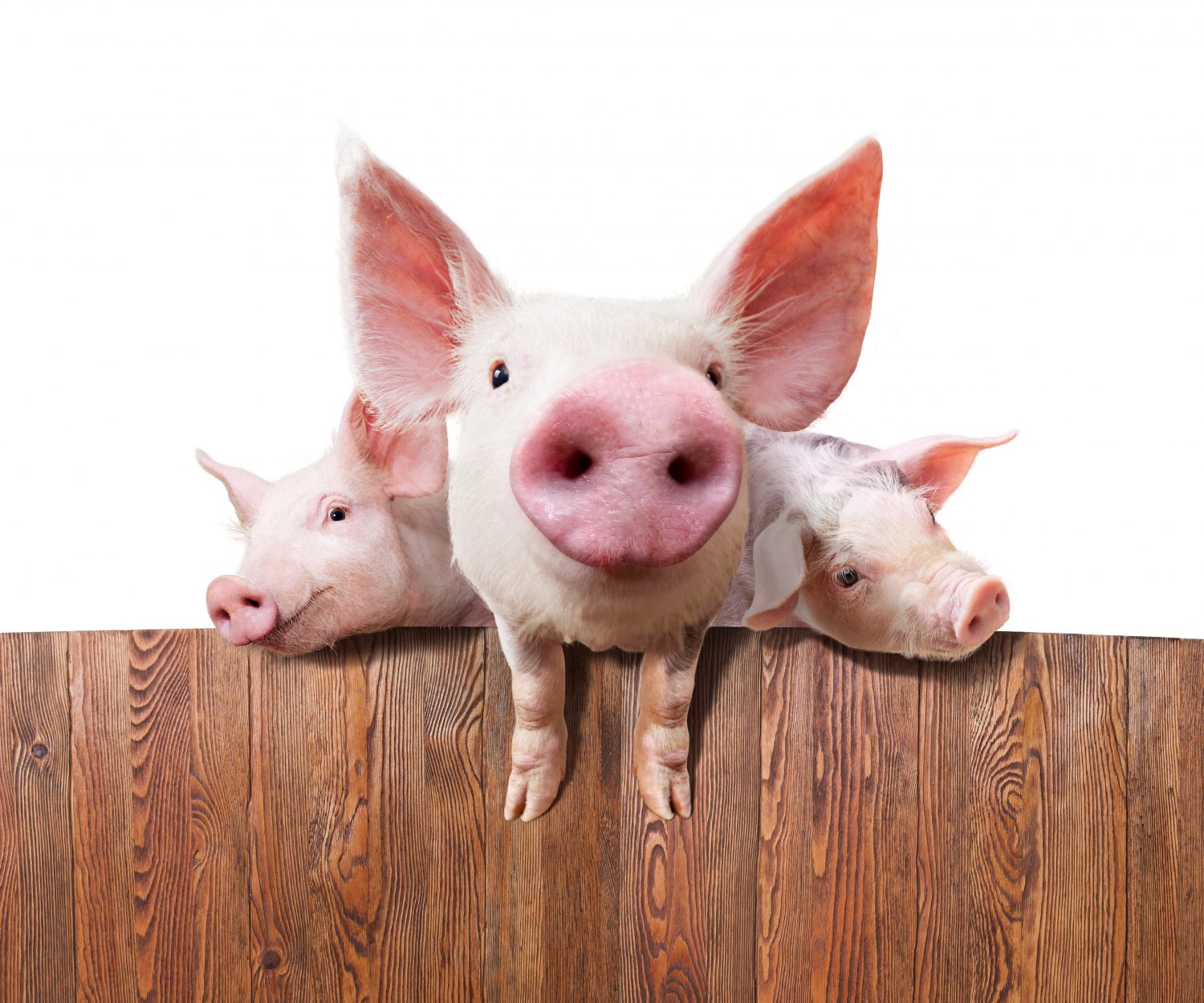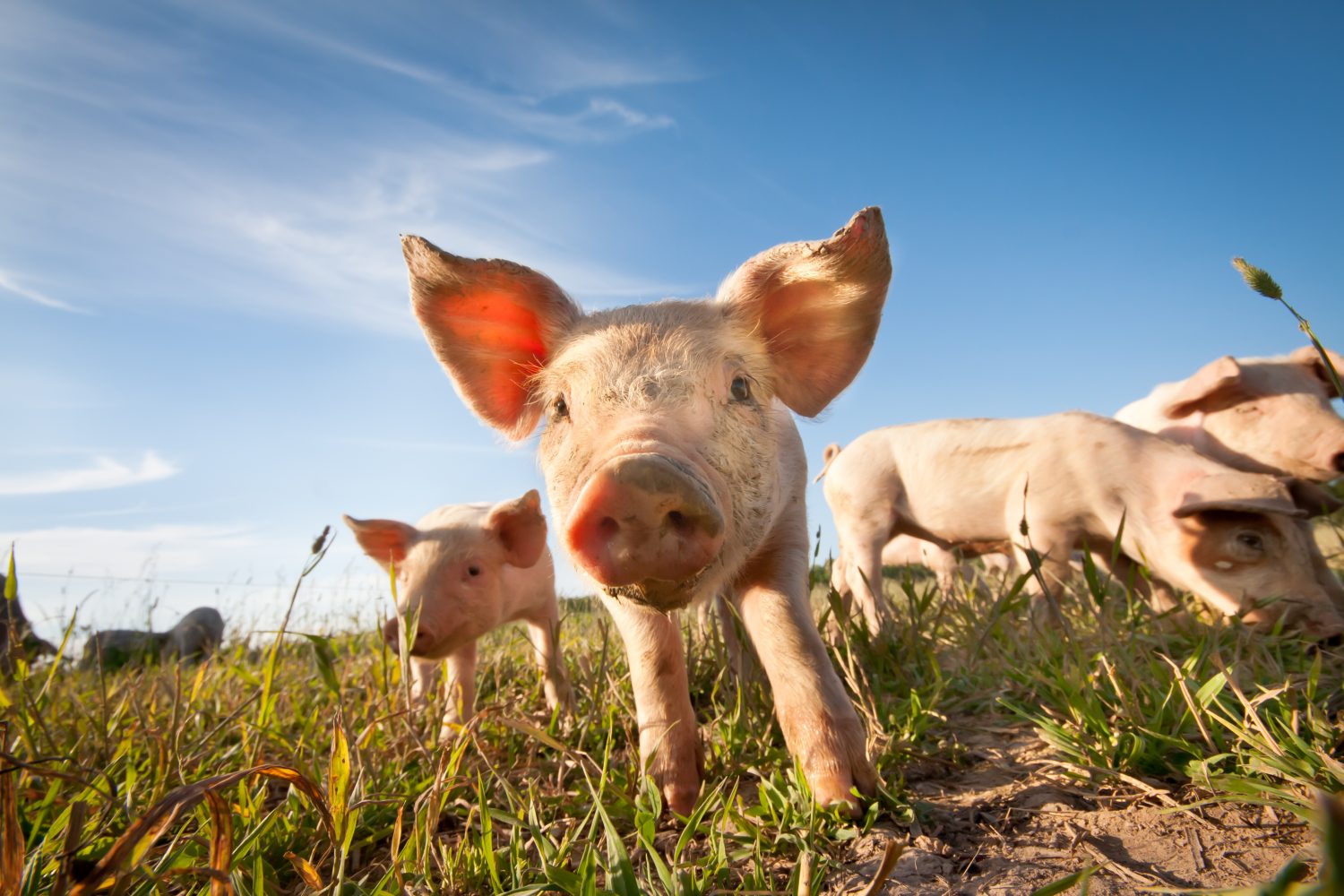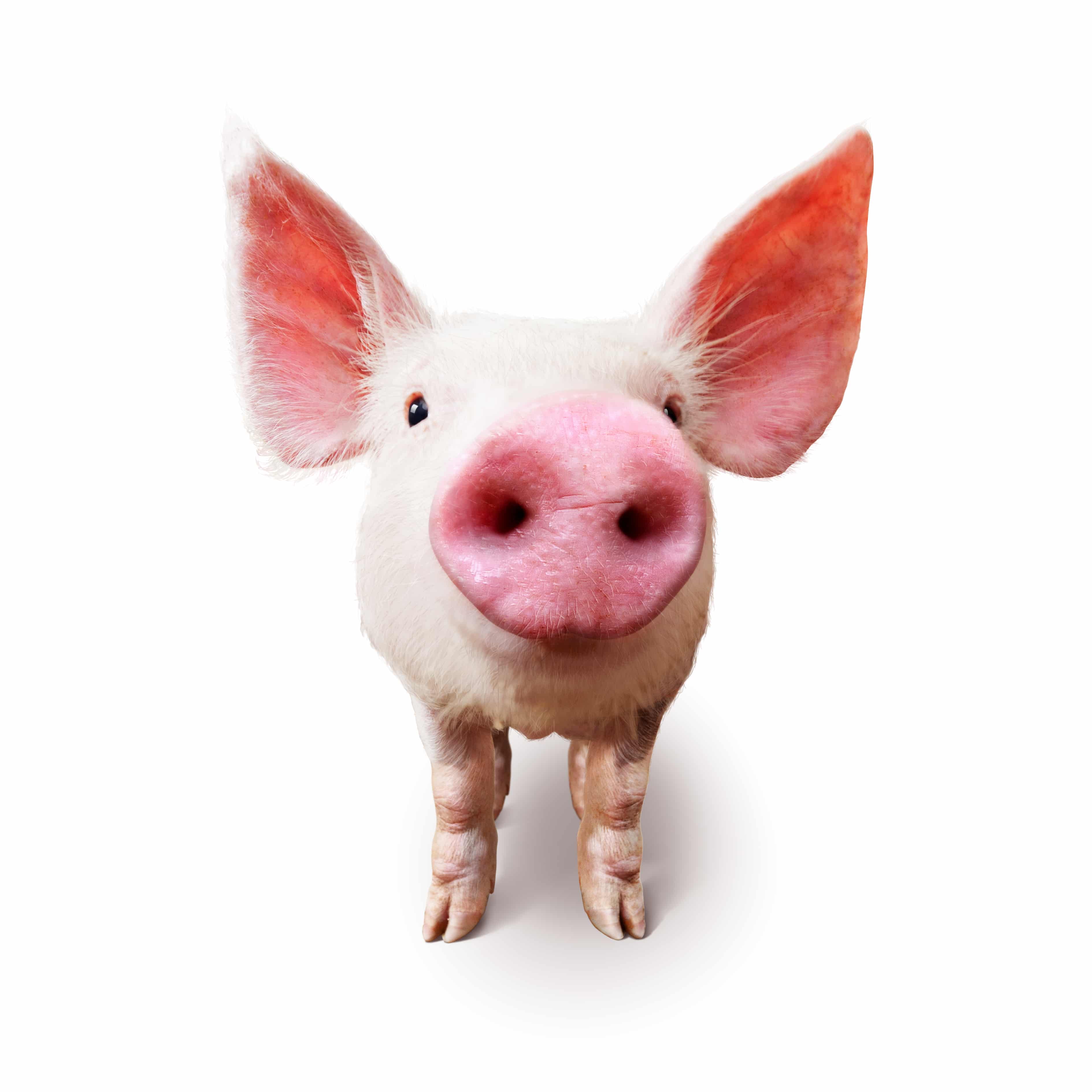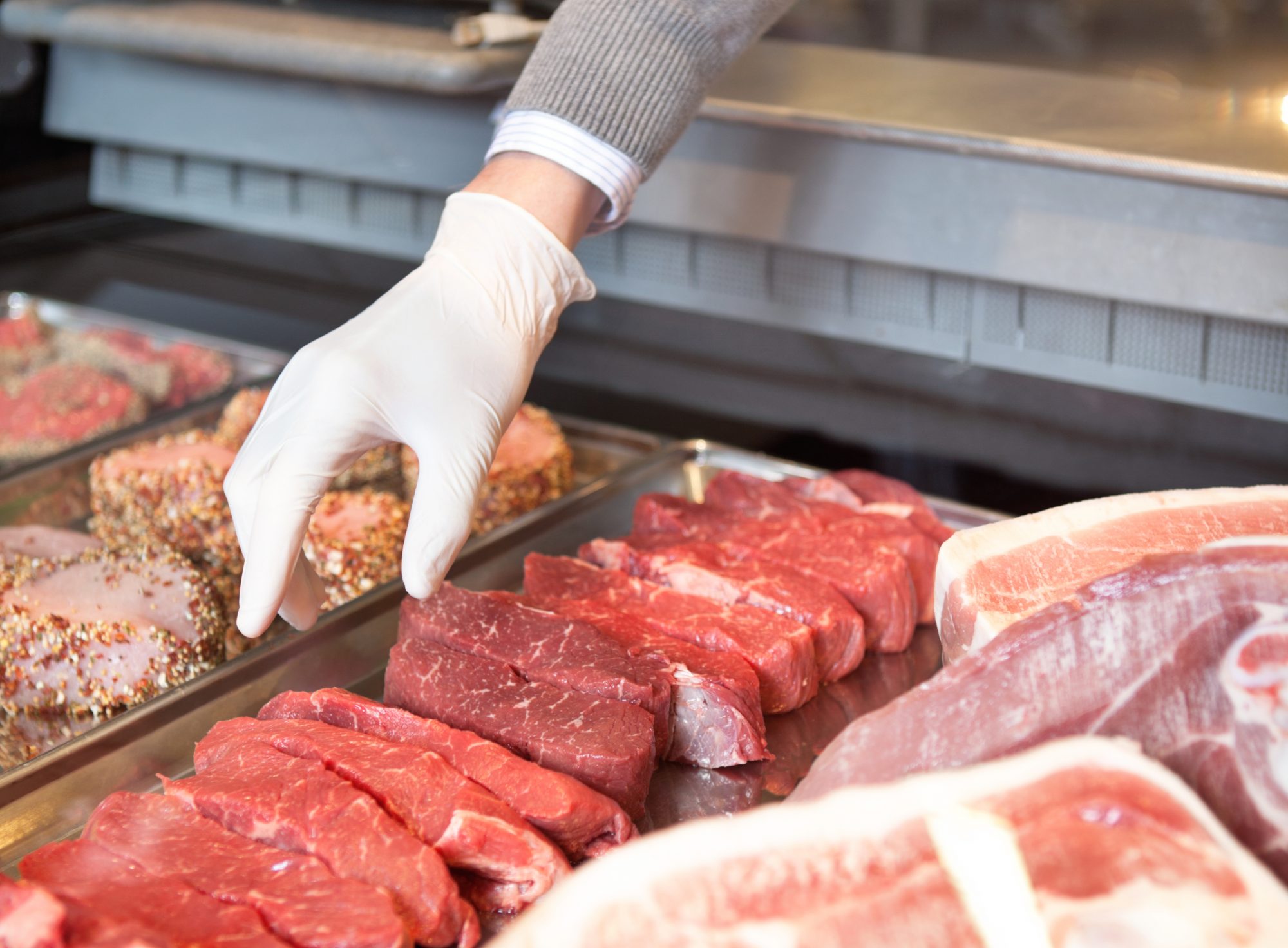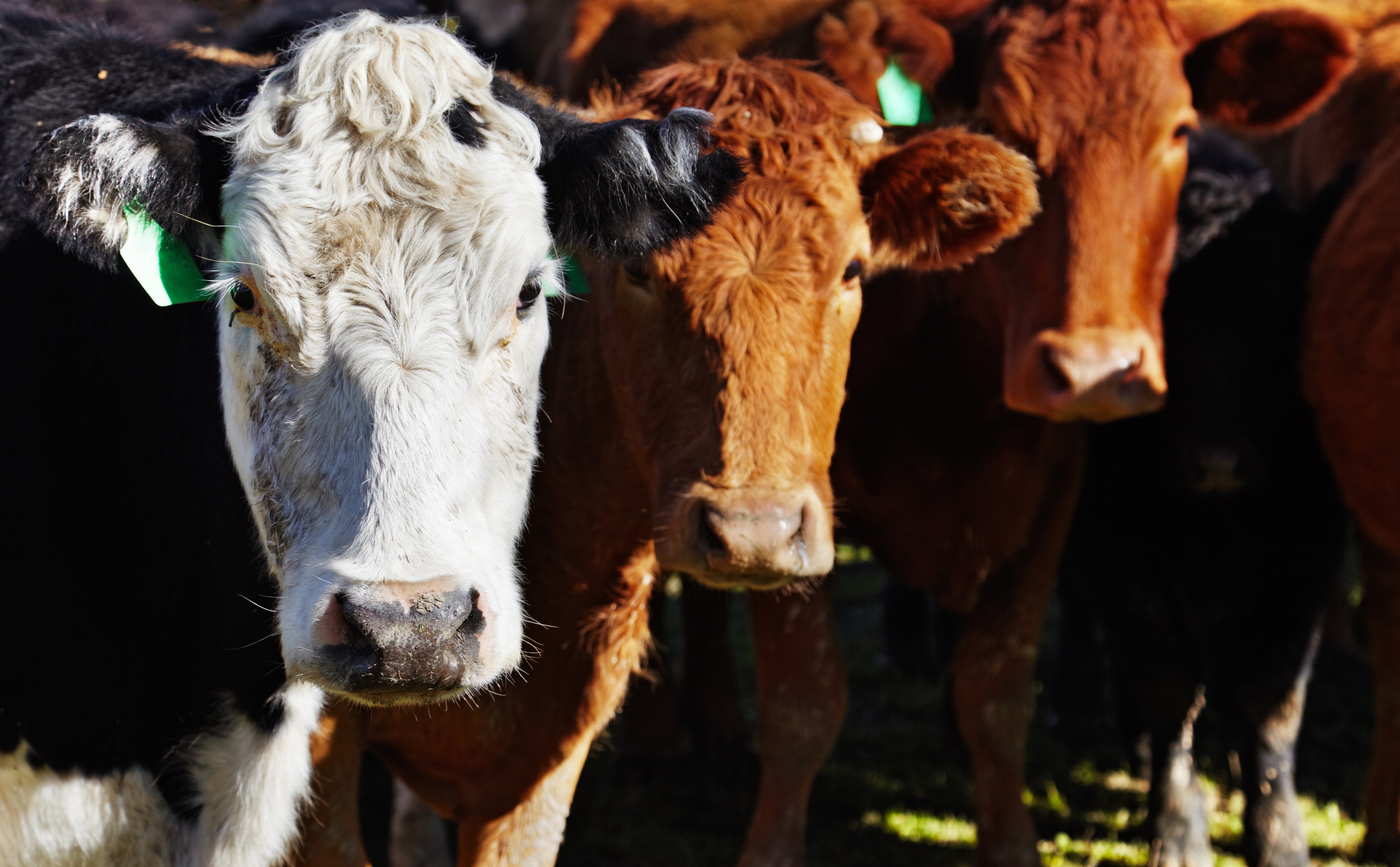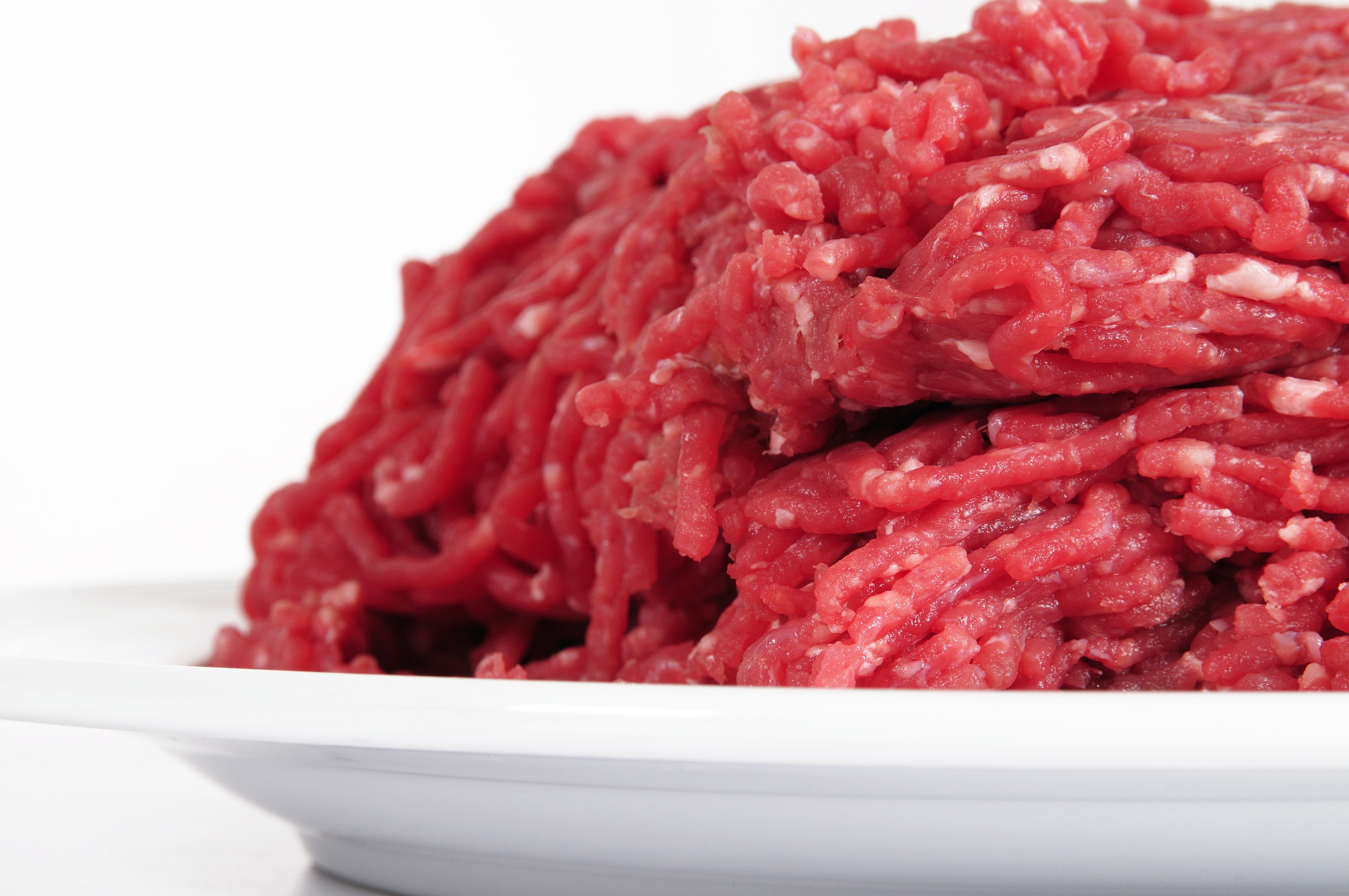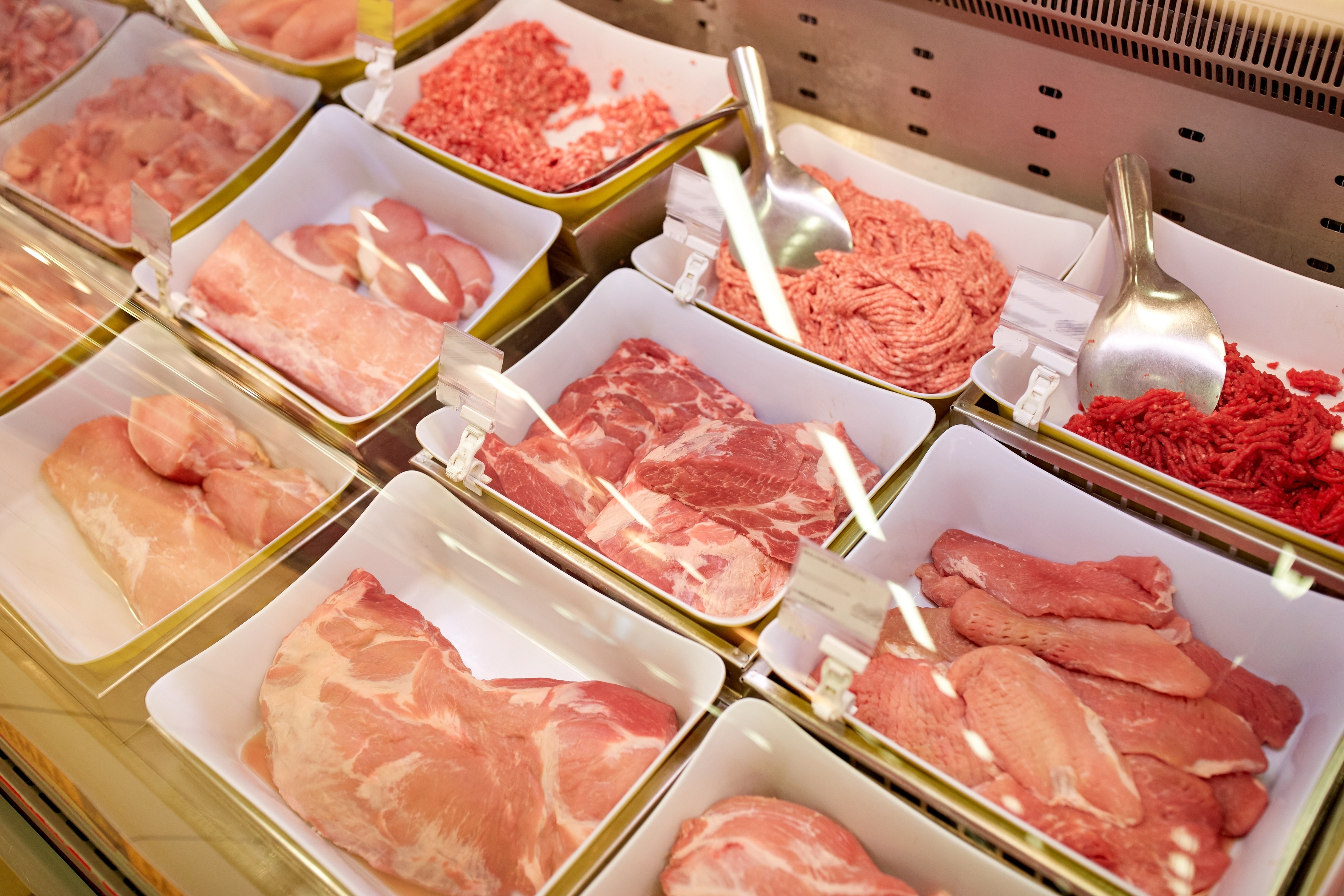Keep ASF Vaccine News in Perspective
The toll African swine fever (ASF) is taking on pork production worldwide is alarming, to say the least. ASF continues to spread in China, though sources say we are only hearing about 10% of the cases that are occurring. Reports of Chinese hog producers avoiding blockades of affected areas to sell diseased hogs in places where prices are doubling the average prices in the U.S. makes my stomach turn.
At times, it feels like a no-win situation. It's easy to get emotional and believe what you want to believe. But this is where science comes in, and can help us make more sense of a not so-black-and white situation.
Recently, a news release came out about a new vaccine to be licensed for ASF. Although I'm optimistic progress is taking place, it's important to note it is still early in the process.
The quest for an ASF vaccine has been going on for a good 50 years. It's no easy feat, because ASF is the largest virus known to man, says Liz Wagstrom, chief veterinarian at the National Pork Producers Council. To put it in perspective, a typical virus might have 10 to 12 proteins. ASF has over 150 proteins. Because of its size, it's difficult to discover which, if any, of those proteins has the antibody that would protect against clinical disease.
According to Wagstrom, a vaccine for ASF is still several years away from being available to pork producers. Some U.S. sources say 10 years, while a European report says the vaccine is still 20 years out. If a company does receive the license to this ASF vaccine technology created by USDA at the Plum Island Animal Disease Center, they still have many hurdles to overcome before it could become a commercialized product, including getting the vaccine to grow in large enough quantities to become commercially effective.
To date, the vaccine has shown some protection against the Georgia strain of ASF, Wagstrom says. However, it has only been used on a limited number of animals and produced in small quantities. She adds the cells that the vaccine has been grown in at the Plum Island Animal Disease Center are not likely to be the cells used to grow larger volumes of the vaccine commercially.
In addition, because this is a foreign animal disease, it's uncertain whether the government would want to control the usage of the vaccine. Regardless, a good surveillance program will be needed to differentiate vaccinated pigs from pigs that have gotten sick and might be carriers of the virus, Wagstrom says.
I'm hopeful this vaccine will come to be. In the meantime, I'm grateful for the wise, responsive leaders of our industry taking action and working together to keep this deadly virus out.
